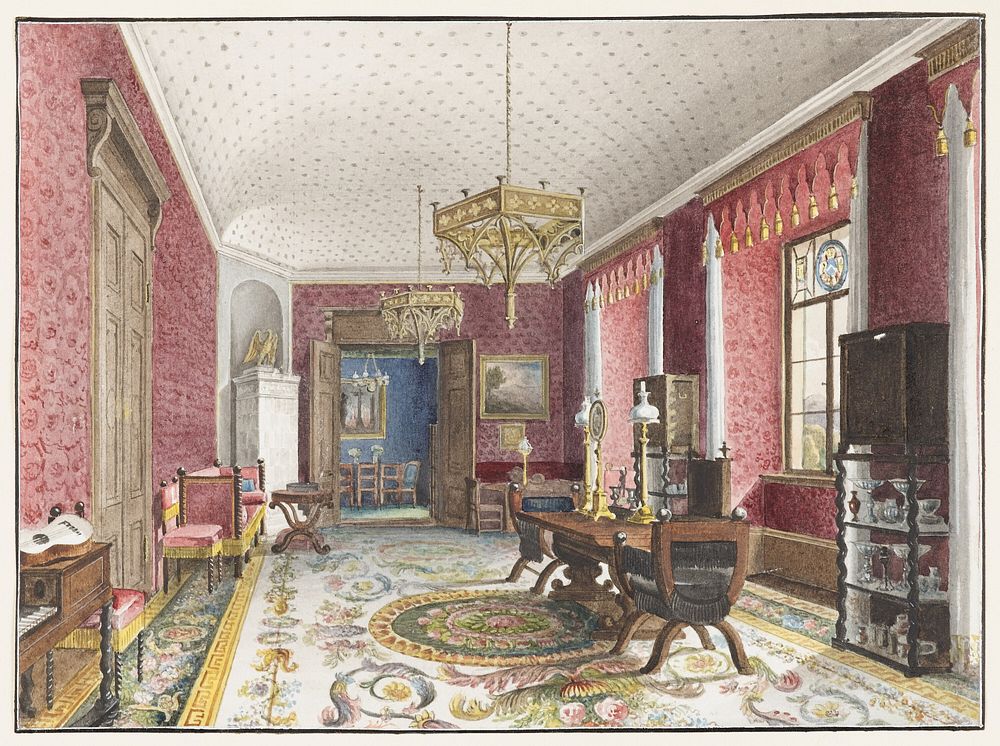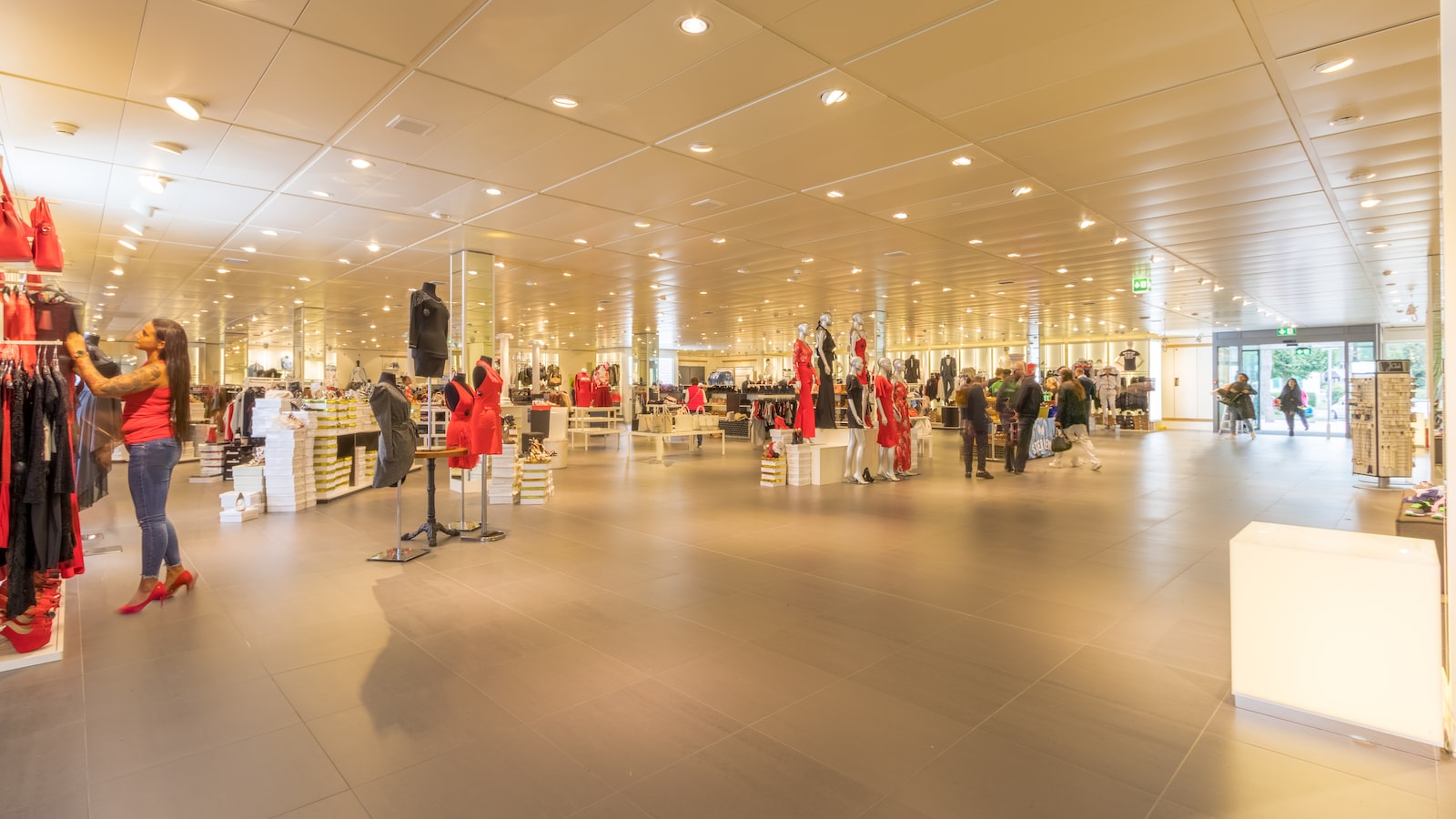

Eco-friendly fashion, or slow fashion, has become increasingly popular over the last few years as the world turns its attention to the impact of fast fashion on the environment. Slow fashion is the art of creating clothing that lasts longer and uses fewer resources, while still looking stylish and chic. This mindful approach emphasizes high-quality craftsmanship and sustainable fabrics that are as good for the environment as they are for the self.
What is Slow Fashion?
Slow fashion is an ethical fashion movement that opposes the overproduction and excessive consumption encouraged by fast fashion. Slow fashion strives to create clothing and accessories that are durable and long-lasting, made with responsibly sourced materials and production processes that have minimal environmental impacts. Slow fashion brands prioritize sustainable materials, slow production, and ethical labor practices, while remaining fashionable and stylish.
Benefits of Slow Fashion
One of the main goals of slow fashion is to reduce the environmental impact of the fashion industry, and it does so in a number of ways. Slow fashion encourages buying less but better, which reduces the amount of waste produced from overconsumption. It also supports sustainable production processes, which help to minimize the carbon emissions and water pollution associated with conventional fashion production. In addition, slow fashion strives to create jobs for artisans in emerging economies, promote fair labor practices, and ensure that producers are paid fairly for their work.
How to Incorporate Slow Fashion into Your Life
Slow fashion can seem daunting at first, but it doesn’t have to be an all-or-nothing change. Here are some tips on how to start incorporating slow fashion into your wardrobe.
- Invest in quality pieces. Slow fashion is all about quality over quantity. Instead of buying lots of trend-driven pieces, invest in quality items that are well-made and timeless.
- Learn to love secondhand clothes. Shopping secondhand is a great way to find fantastic pieces without having to contribute to the carbon emissions associated with traditional fashion production.
- Reduce, reuse, and recycle. Repairing and mending clothes, or upcycling pieces you already own, is a great way to reduce waste and extend the life of your clothes. And when it’s time to say goodbye, give them away, donate them, or find a recycling center that accepts clothing.
Conclusion
By embracing the slow fashion movement, we can all be more mindful and responsible in our clothing choices and be part of the solution to the environmental and ethical issues plaguing the fashion industry. Slow fashion isn’t about perfection, it’s about making small changes to our shopping habits that can have a big impact on the environment and our communities.
















